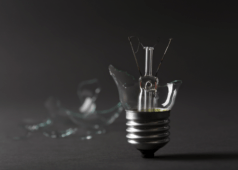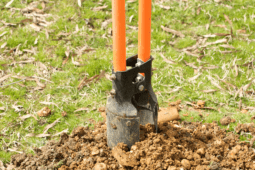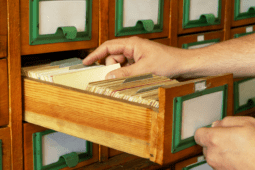Fact: Writing Haiku Will Make You a Happier Person. Here’s Why.

If you’ve attended elementary school in the last 30 years, you’ve heard of haiku: three-line poems with a 5-7-5 syllable pattern, usually about nature, often cutesy. I’m happy to report that despite some grains of truth, you’re wrong. Haiku is a lean, muscular form of thinking, and the discipline of writing haiku is a rich addition to a full life.
But first, I’d like to take a moment to redefine haiku for writers in English. Let’s begin by busting that syllable myth. The 5-7-5 syllable rule is a carryover from haiku’s Japanese origins; rigid adherence to it has produced the misunderstanding that anything in three 5-7-5 lines is a haiku.
It just ain’t so. The capital-E essence of haiku is capturing a single moment in time, like a photograph in words. Japanese syllables are shorter than in English, so while there may be fine 5-7-5 haiku in English out there, you’ll generally find stronger results if you cut the fat and go shorter.
Here, then, are some good basic guidelines for haiku in English: shoot for 10–12 words. Capture a single moment in time. Aim for two images that contrast in an interesting way—kudzu slowly devouring a speed limit sign, a shooting star spotted while taking the trash to the curb, or the swish of a golf club with the wind in the pines overhead.
Remember: no filler, no commentary. Just the images.
Like the grizzled old contractor instructed my dad during a building project: “Just hit it and get away from it.”
So, why write haiku? Here are three good reasons: memory, awareness, and shutting up.
Memory: Without any effort, I can instantly, vividly remember every moment of every haiku I’ve ever written, starting with the very first I wrote in 2003 when the November wind knocked over my paper cup of espresso outside the public library in Rock Hill, South Carolina. There are millions of moments of my life that I forget five minutes after they happen, which sucks, because a lot of them are good moments. Writing haiku helps me capture at least a handful of them every week.
Awareness: To appreciate the little details of life, you’ve got to be paying attention. It’s not a passive act of looking, either. You are actively observing the world around you, from the minute you open your eyes in the morning to the minute you close them at night. There are a myriad of benefits to sharpening your awareness skills, from appreciating the beauty of the collard leaves in your garden, to paying attention to your wife’s nonverbal communication, to noticing where a building’s exits are in case of an emergency. Gathering material for writing haiku becomes awareness even if nothing gets written down.
Shutting up: I’m a chronic overthinker. It’s probably the writer in me, but I tend to navel-gaze and obsess over abstract ideas, to the detriment of the real, concrete world around me. Haiku have no place for the commentary in my head—just a couple of images, no filler. In order to see what I want to write I about, I have to quiet my mind and focus on what’s real.

As a final how-to, here’s a quick process rundown of the haiku I wrote for this photo shoot:
Road noise through bare trees
Leaf piles’ dry rustle

So, here’s your homework for this week: using these basic guidelines, pay attention for a moment you want to remember. Maybe it’s when you and your wife take your kids to the zoo for the first time, when you’re walking through the woods and tromp through a mossy brook, when you’re sitting down with that first cup of coffee and the sunlight catches the steam. Use the suggestions above as a guide. Bonus points: write a haiku about a moment with your wife and laser-etch it into something as a gift. (You're welcome).
Suggested reading:
- The Haiku Handbook by William J. Higginson — a great combination of history and how-to, with plenty of examples. Most of the instruction I gave in this article comes from Higginson.
- Book of Haikus by Jack Kerouac — Kerouac is one of the first native-English haiku poets to break the 5-7-5 mold. Then look up “Kerouac and Zoot Sims haiku” on YouTube to hear him read a selection out loud with some sweet jazz sax licks in between.
- The Haiku Anthology ed. Cor van de Heuvel — a comprehensive collection of what haiku in English can sound like, perfect for helping you springboard into your own style.
- Baseball Haiku ed. Nanae Tanamura and Cor van de Heuvel — you don’t even have to be a baseball fan to enjoy this collection; it’s a perfect example of how haiku can transport you to specific moments in time.









